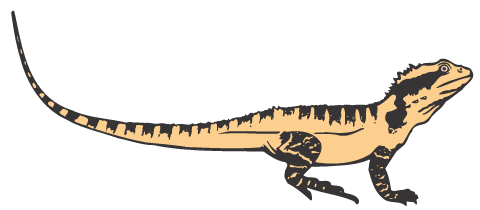News
CYCLONE DEBBIE HITS OUR CATCHMENT!
EMERGENCY WORKING BEE SUNDAY 2 APRIL !!!!
LOOK at the destruction ex-Tropical Cyclone Debbie inflicted on Tuckett Park this week:
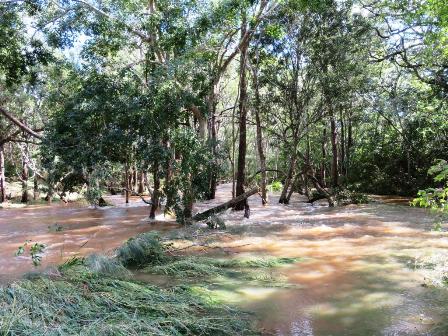
So many of our plantings were knocked about by Debbie, particularly those at the Eastern end of Creekside Street – we’re keen re-stake them while the ground is still soft!
Can you help us this Sunday (2nd April) at 9.00 am with some re-staking? We’ll meet outside 90 Creekside Street Brookfield. It’s not hard work – we’ll show you what to do!
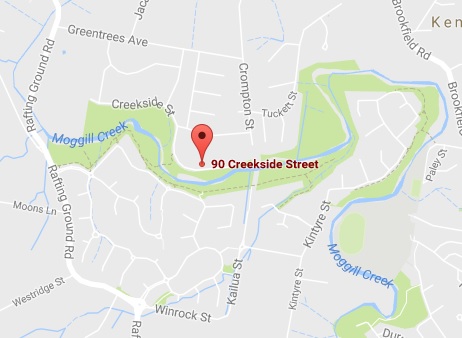
If you can help, please contact Jim Pope: j.pope
Rain at LAST!
Use it or lose it! Come and plant some trees at beautiful Tuckett Park next Sunday morning!
We’ll have approximately 160 assorted native trees/shrubs and 80 lomandras so it’ll be all hands on deck – easy work in the soft, moist soil!
Please consider joining us for an hour or two – whatever you can spare!
For all the details, check out our Working Bee Calendar.
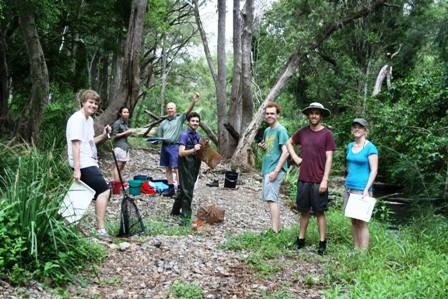
LIGHTS OUT !!!
Remember to switch off your lights for Earth Hour from 8.30pm on Saturday 25 March!
See the WWF Earth Hour 2017 website for more info and spread the word to neighbours, family and friends!



A Letter from Gordon
Calling all “UPPER GOLD CREEKERS!”
The first 2017 working bee for Section 9 will be held this Sunday 17 March
We will meet at 8.30am at 658 Gold Creek Road
We really need all hands on deck and everyone is welcome – for all the details, please see our Working Bee Calendar.
Section Leader Gordon Grigg has also written a letter which provides some background about the group’s past achievements in restoring the land along Gold Creek Road and the continuing steps to keep this transformation well and truly alive.
Please take time to read the letter and consider joining a working bee or two.
As Gordon points out, this doesn’t need to be a big time commitment and any offer of help, no matter how small, will be very gratefully received.
{module_literature,i,169069}
So much to do! …
You really CAN make a difference by joining a working bee!
Look at the changes Phil Bird’s group have made at Moggill Creek near Galvin Road.
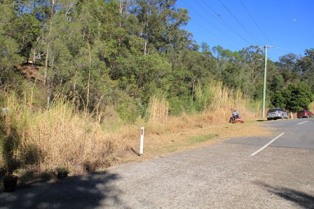
|
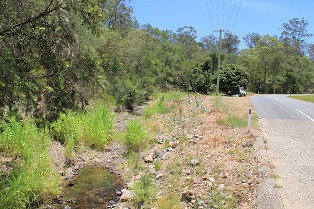
|
| May 2016 | December 2016 |
This Sunday 19 March we have 4 bushcare groups you can choose from!
Please see our Working Bee Calendar for all the details. Help us make a difference!
CRITICAL WEED ALERT – Anzac Tree Daisy
A new exotic weed has been assessed as a rapidly spreading threat to our ecosystems.
Montanoa hibiscifolia known as Anzac Tree Daisy is a native of Central America. It was introduced to Far North Queensland as a garden plant.
This is a CALL TO ARMS to alert landholders to treat all trees that are likely to flower BEFORE THE END OF MARCH and the likelihood of the weed becoming more widely established.
Invasion by Anzac tree daisy presents a clear risk to a substantial proportion of our remnant forests and it appears to be spreading rapidly. It seems to be well adapted to our environment and invades rainforest margins, gullies, disturbed areas and road embankments. The plant is a prolific seeder and shows potential to be highly invasive in the riparian zones and fringes of the local dry rainforests.
It is easily missed until April – May when it is a mass of flowers.
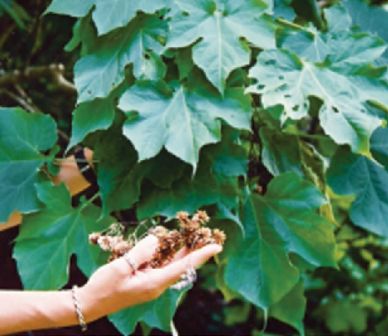
How to respond
Strategic Plan for 2017 – new goals and next steps
MCCG has a new strategic plan …..
In 2016 the Management Committee decided to undertake a planning exercise. Older plans reflected a time when the MCCG was a smaller organisation with some different challenges, although the environmental ones are still there.
WEED ALERT – March 2017
Have you ever over summer seen pretty purple flowers growing on 1m tall plants along our creeks? Ruellia tweediana (Mexican Petunia), a very serious riparian weed indeed!
This plant is particularly common along lower Moggill Creek and McKay Brook. The species must surely have been introduced as an ornamental and has spread rapidly along the riparian zone, out-competing most native herbaceous species.
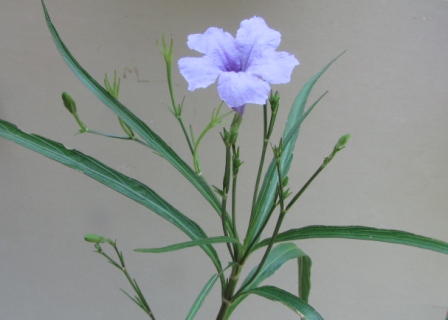
As with other invasive plants, it’s best to catch this plant when it is first spotted. Young plants can be pulled by hand, depending on the nature of the substrate they are growing in. However, Mexican Petunia soon develops rhizomes (underground stems) which make it very difficult to hand-pull. That leaves us with herbicides.
Cody Hochen, Land for Wildlife officer, advises that Amicide 625 (2,4-D 625) at 30ml/10L of water is effective and is registered under PER11463, also being registered for using along waterways. If there are Persicaria (see below) and various other native species present, these are also likely to be killed by this herbicide. Note that the use of glyphosate (Roundup) is discouraged, especially in proximity of lomandras, which are very sensitive to glyphosate.
As seen in the photo below, Mexican Petunia is tolerant of high levels of shade, spreading under existing trees.
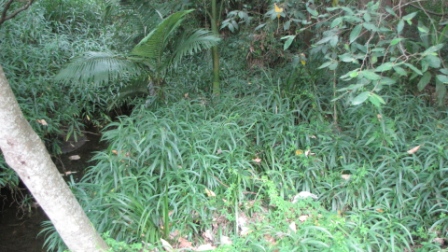
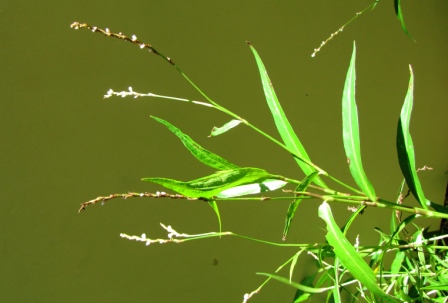
If you need additional advice, please give Bryan Hacker a call on 3374 1468.
Brisbane Biodiversity Seminar 7 March
Yes! There’s still time to register for the Brisbane Biodiversity Seminar East Region at Woolloongabba tonight! (Tuesday 7 March)
This session is entitled: Weed Control: More than one tool in the shed
Presenters include: Liz Snow (Biosecurity QLD), Stefan Hattingh (B4C), Spencer Shaw (Brush Turkey Enterprises), Richard Copeman (Northey Street City Farm)
Please check our Calendar of Events for more info and how to RSVP.
Note: these informative seminars are conducted by Brisbane City Council.


